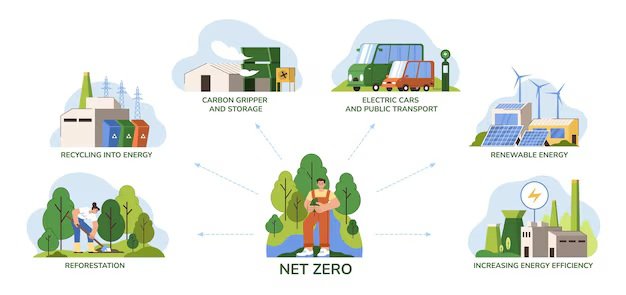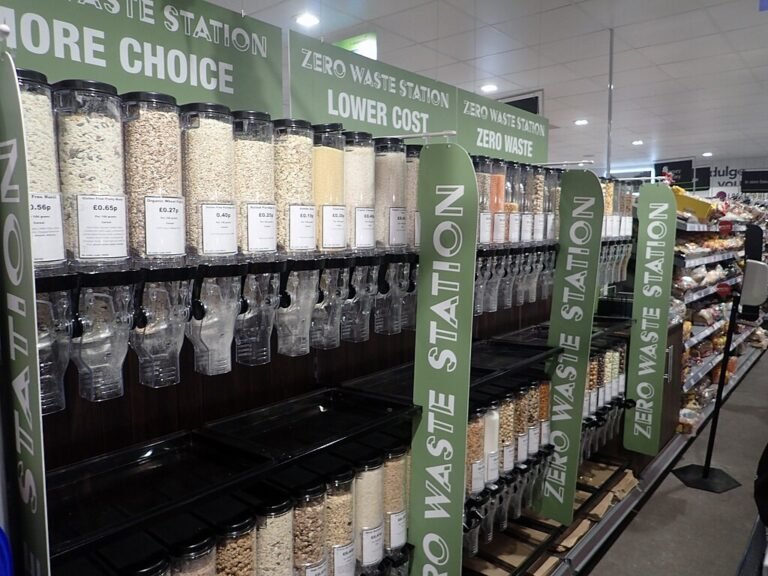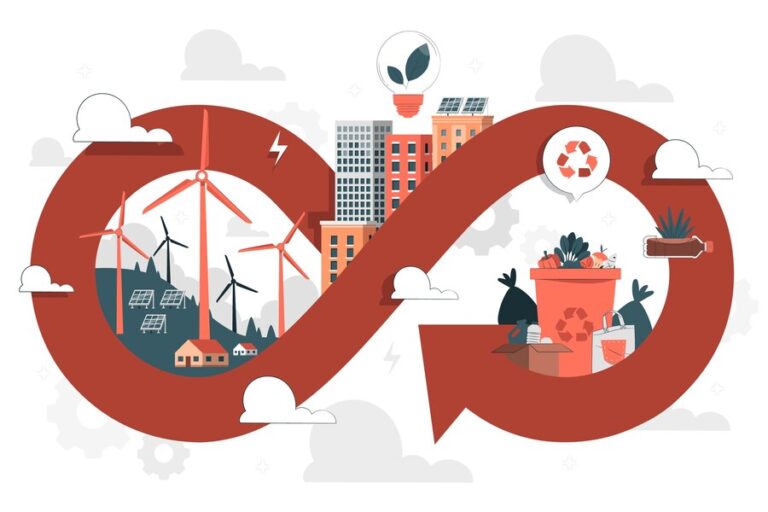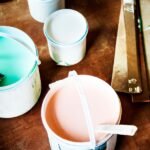Design Project Turns Feathers into Fabric — a new way to cut waste and make clothes that matter
The poultry industry leaves behind a mountain of feathers every year — a cheap, protein-rich byproduct that most processors treat as low-value waste. Some is turned into feather meal for fertiliser; much of it is incinerated or landfilled, adding greenhouse gases and local pollution. Estimates differ: an EU analysis notes around 8.5 million tonnes of chicken feathers are generated globally each year, while other investigations and news reports put the scale of feathers burned or otherwise wasted much higher. These numbers matter because they show there’s both a problem to solve and a raw material sitting unused in plain sight. According to the European Union research project analysis, global feather generation is roughly 8.5 million tonnes a year (2021).
That gap — between waste and useful material — is what design teams, engineers and textile researchers are now trying to bridge. Projects from university labs to startups and fashion houses are experimenting with processes that extract keratin (the structural protein in feathers), mechanically rework feather fibres, or combine feather matter with other fibres to make non-wovens, insulating fleeces and even yarns. The aim is not to replace cotton or polyester overnight but to create viable circular alternatives that turn a disposal cost into a material asset.
Recent initiatives include Oceanit’s KERTEX, university pilot projects to spin regenerated keratin fibres, student design efforts such as HYNER, and companies like Featherfiber that have been piloting commercial uses. According to Oceanit, KERTEX is a semi-synthetic fabric made from extracted keratin and spun into threads; the company reports production emissions reductions versus some conventional fabrics.
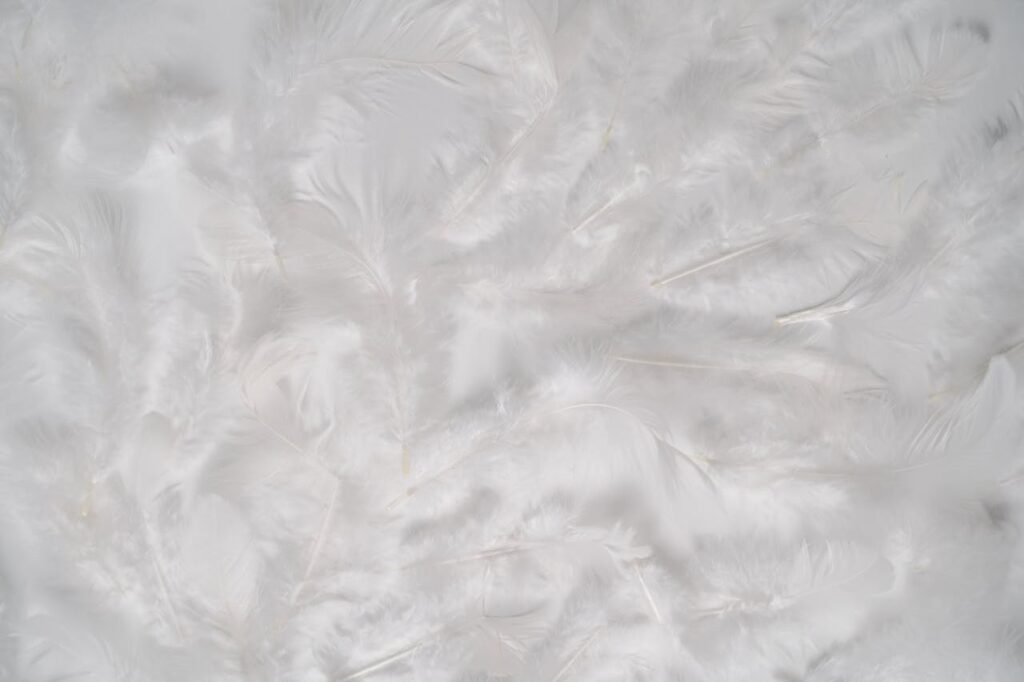
From Lab Benches to Fashion Runways: The Projects and People Behind It
When you talk to people building these ideas, you hear the same mix of curiosity and stubbornness that drives early-stage sustainability work. At the University of Nebraska–Lincoln, Professor Yiqi Yang and his team secured funding to move laboratory successes toward pilot-scale fibre spinning. “Fibres from our research could be used for the textile industry and also have potential in the biomedical industry,” Yang told the university, explaining why his lab is pursuing methods to dissolve and re-form keratin into fibres with acceptable strength and hand. The project’s stated goal is to make keratin fibres robust enough for yarns and fabrics and to test pilot-scale wet-spinning systems with partners in the textile industry. According to the University of Nebraska–Lincoln project description, the team has produced 100% regenerated keratin fibres at lab scale and is now working on improving their mechanical properties for industrial use (2018–ongoing).
In Honolulu, a small technology lab promoted a material called KERTEX — a name combining “keratin” and “textiles” — that extracts keratin from chicken feathers and spins it into fabric. Oceanit has positioned KERTEX for uses ranging from durable military textiles to potential fashion collaborations, arguing the fabric can reduce production emissions and use a year-round waste stream rather than seasonal crops. Oceanit reports that KERTEX can cut certain production emissions by up to roughly half compared with some synthetic alternatives and that its durability has drawn interest from military and industrial partners. These are company figures and should be read as early commercial claims, but they illustrate how industry players frame the value proposition: waste feedstock, improved lifecycle numbers, and performance that meets demanding applications. According to reports, KERTEX reduces some production emissions and leverages abundant feather waste.
Design students are also translating the idea into tangible garments and community models. HYNER — a student and research initiative linked to Burg Giebichenstein University of Art and Design in Germany — developed a feather-based non-woven fleece by combining feather fibres with lyocell and using hydroentanglement to make a wool-like fabric. The HYNER project also built a local “chicken godparent” model: consumers sign up to sponsor local chickens, receive garments whose colouration reflects feather sources, and return pieces for recycling; farmers earn fair compensation and re-supply cleaned feathers. The project is explicit about social as well as material goals: create local value, reward better animal husbandry and close loops. HYNER’s work shows that feather-to-fabric is not only an engineering challenge but a social design opportunity. According to the HYNER project description, the student team has produced non-wovens and explored bioplastic films from feather keratin.
On the commercial side, Featherfiber Corporation has for years promoted processing techniques that convert poultry processing feather waste into fibres and speciality materials for composites and textiles. Featherfiber’s public materials describe feather-derived fibres that compare in strength to cotton or nylon in some forms, and the company positions feather materials for niche high-value applications such as aerospace composites or speciality insulation. These industry pilots show that the concept scales across many use cases beyond clothing — from building materials to filters — which helps diversify markets for a new feedstock. According to Featherfiber Corporation, their process converts poultry processing waste into a range of fibre products and advanced applications.
Why Turning Feathers Into Fabric Helps Sustainability — and What to Watch For
There are at least three concrete environmental wins these projects aim to deliver: reduce landfill and incineration emissions, replace petroleum-derived synthetics, and use a locally available feedstock that can support regional supply chains. Incineration of feather waste releases sulfur dioxide and CO₂; diverting feathers into materials avoids these emissions and extracts value from a biological resource that would otherwise be wasted. Estimates about the scale of feather waste vary by source — an EU project report calculated roughly 8.5 million tonnes of poultry feathers globally (2021 data), while other research and news outlets have reported figures ranging much higher for incinerated volumes — but all sources agree the resource is large and underused. According to the EU analysis and follow-on literature, feather waste is produced in the millions of tonnes annually and presents both an environmental liability and an opportunity.
Material-level wins are real but technical. Feathers are mostly keratin — a tough, fibrous protein — which gives feather-based fibres good thermal insulation and low density. That makes them attractive for fleeces, insulation and some composites. But keratin resists conventional proteolytic breakdown, so extracting and re-forming it into strong, washable fibres requires chemical, physical or enzymatic innovation. Universities and labs are pursuing wet-spinning, cross-linking treatments, and enzymatic keratinases to boost yield and fibre strength. These are not trivial steps: until researchers can reliably make long fibres with consistent mechanical properties and colour/dyeability at low cost, feather textiles are likely to remain speciality, blended or composite products rather than full replacements for cotton or polyester. According to recent scientific reviews and pilot-scale project reports, developing keratin fibres with textile-grade mechanical properties remains an active research challenge.
Social and supply-chain impacts matter just as much as chemistry. Projects that partner with local farms (such as HYNER’s chicken sponsorship model) or with processing plants (like Featherfiber and Oceanit) can create rural jobs, cut hauling distances, and provide farmers with new revenue streams from what was once low-value waste. University pilots, such as the University of Nebraska–Lincoln project, highlight opportunities for rural small businesses and for stronger circular economies if processing can be decentralised and kept low-cost.
From Prototype to Wardrobe: What Designers, Factories, and Policy Must Do Next
If feather-based textiles are to move from prototypes to everyday products, three practical things must happen: the materials must meet textile standards at scale; supply chains must be organised so feathers are collected, cleaned and processed affordably; and brands, regulators and consumers need transparent evidence that these materials are safe, traceable and greener over a product’s full lifecycle.
First, scale the material science. Labs have shown keratin can be extracted and wet-spun into fibres; pilot projects aim to refine tensile strength, washability and dye performance so fibres can be blended and processed on standard textile equipment. Collaborative partnerships between university researchers and established textile manufacturers are precisely the path many pilot projects propose.
Second, build collection and cleaning hubs. Feathers must be decontaminated and sorted — a logistics and hygiene challenge that becomes easier if processing hubs sit near slaughterhouses or farms. Projects that combine social incentives (HYNER’s sponsorship model) with industrial partnerships could lower costs and improve traceability. Third, measure and certify environmental benefits. Company claims about emissions reductions (such as Oceanit’s reporting on KERTEX) should be validated by independent lifecycle assessments so brands and regulators can compare feather fabrics to cotton, polyester and wool on carbon, water and pollution metrics.
Finally, practical advice for people who want to help this field grow: designers should partner with research labs early and specify realistic performance targets; farmers and processors should pilot small collection schemes with clear hygiene protocols; and policymakers can help by funding pilot infrastructure, setting clear standards for novel animal-derived materials, and supporting third-party lifecycle assessment work so buyers can make informed comparisons.
Conclusion: A few short, actionable steps:
Make sourcing transparent: require chain-of-custody documentation for feather feedstock.
Support pilots: fund regional cleaning/processing hubs to test economics.
Demand evidence: ask for independent lifecycle assessments before making sustainability claims.
Design for durability: specify end-of-life recycling and take-back from day one.
A large, often polluting waste stream exists. Researchers and designers are proving it can be turned into useful fibre, and early commercial players are already showing product applications ranging from insulation to high-performance textiles. The work is still young, but it is real — from student studios weaving feather fleeces, to university labs spinning keratin fibres, to companies pitching keratin-based textiles to industry. If these projects scale with solid lifecycle evidence and fair supply chains, they could help reduce waste, create local value, and give the fashion and materials industries another circular option to consider. According to multiple university projects and industry pilots, feather-to-fabric initiatives show promise but still require technical scale-up, stronger supply-chain organisation, and independent verification to deliver full sustainability benefits.

